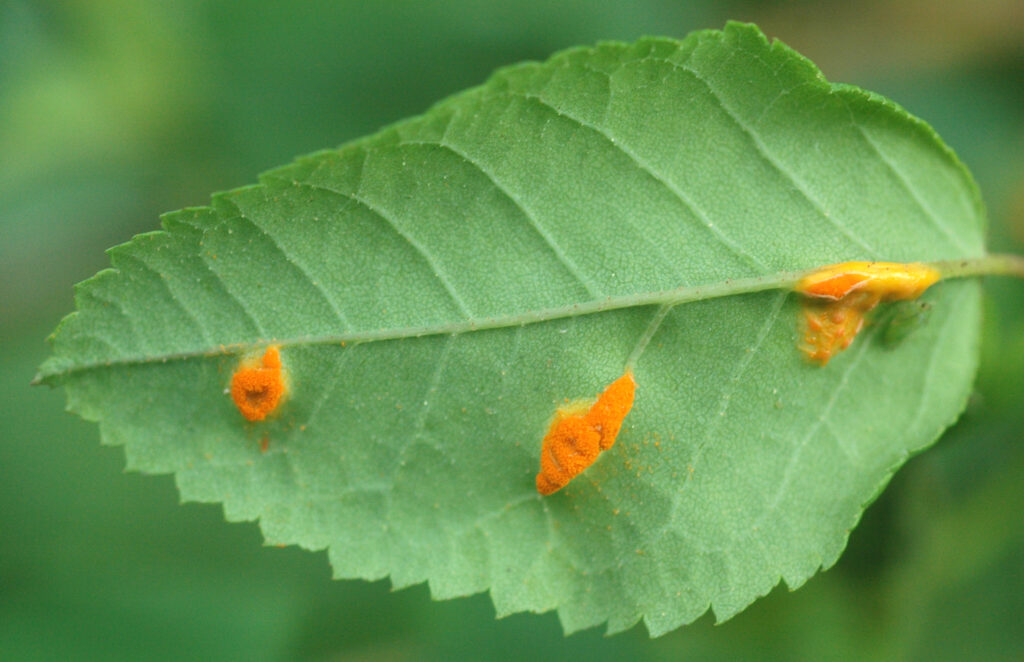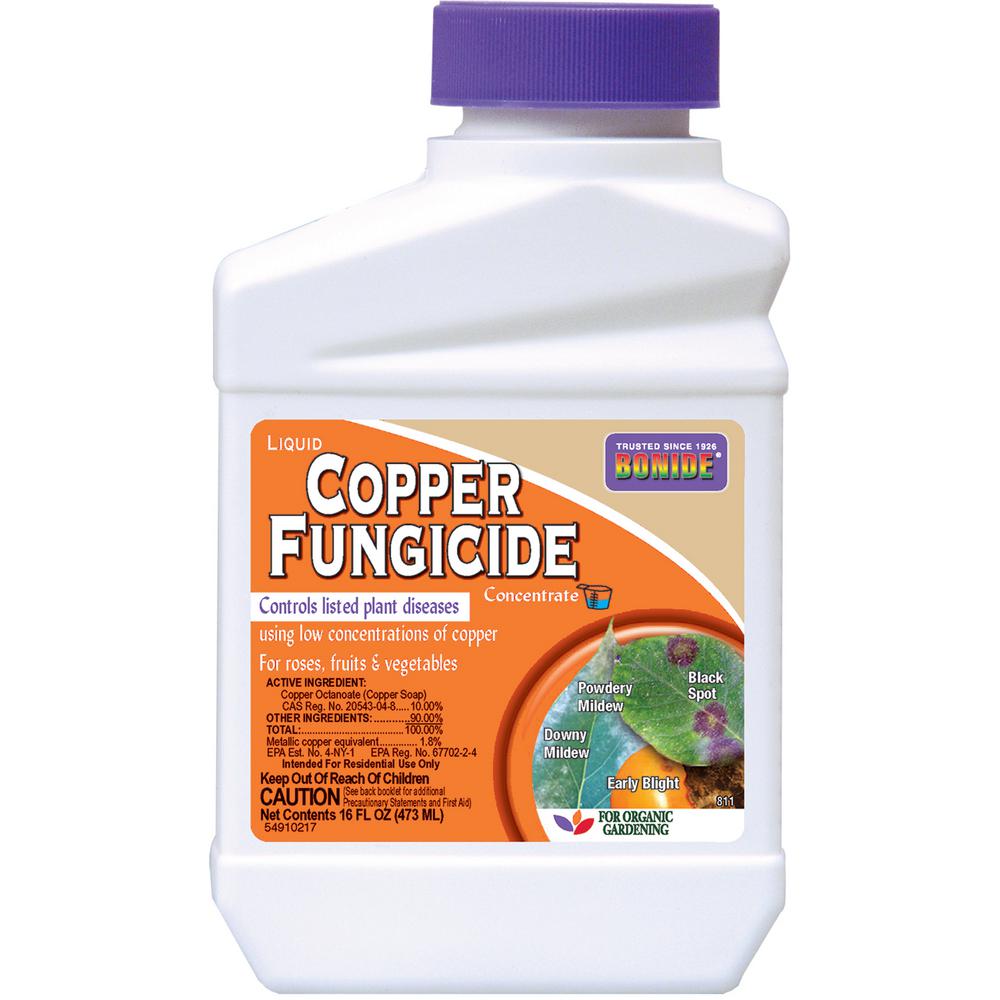
image source: Oregon State University
Have you ever walked out into your yard and saw something a little off with your roses? Maybe a little leaf curl here, a little rusty, powdery substance there? Rose rust is a fungal disease that can impact all rose breeds. However, certain environmental factors can lead to rose rust being more prevalent in certain areas of the country. Here in the Pacific Northwest (PNW), with its mild temperatures and high moisture environment, rose rust is common. Rust usually becomes very apparent in the spring and fall when colder temperatures and rain come about. Some would say it is easy to keep rose rust out of your roses, but here in the PNW, that is very difficult. So what can you do about it?
First and foremost, is taking preventative measures:
- Remove dead foliage from the surrounding area to prevent overwintering environments;
- Remove any cane or leaves that exhibits signs of rust disease;
- Treat the plant with fungicide to help prevent rust spores from duplicating and spreading.
If you already see rust on foliage or canes, you can take the same steps as above. A copper fungicide spray goes a long way to helping a plant eradicate rust disease. Our favorite is Bonide as it is quick and effective.

We also like to mix mint and tea tree oil in a mix with water to help keep bugs (especially aphids) away in early spring. If you have special solutions you use, feel free to share in the comments below.